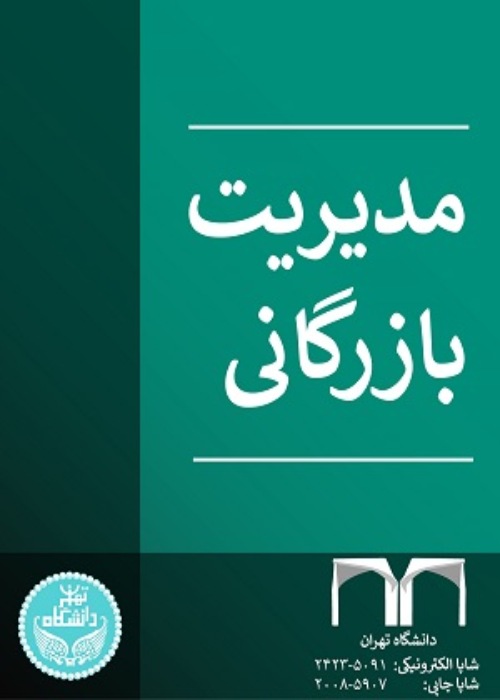Consumers’ Arrogance; Understanding Semantic Perceptions Using Phenomenology
Although studies have confirmed that people use consumption-related behaviors to show their achievements, wealth and superiority, analysis of the ways in which consumers express their arrogance tendencies has only received a little attention. “Consumer Arrogance” (CA) is a new construct in consumer literature. And it is a multidimensional trait that reflects the desire to use property to create social superiority over other people and plays an important role in explaining predictions of consumers’ behaviors. In addition, consumer’s arrogance has rarely been the subject of an independent study. Previous studies have investigated the development of measurement scales for consumer’s arrogance and consumer’s avoidance of arrogant brands from different perspectives. Given that deep understanding of consumer’s behaviors and how people’s perception of this behavior helps to predict and understand consumer’s behavior and it is an influential factor in consumer’s intention to buy, the present study aims to examine the consumer’s arrogance (CA) using phenomenological method. Therefore, the researchers will be able to explain how arrogant tendencies guide consumer’s behaviors.
This research is descriptive in terms of method which uses phenomenological method as the research method and cognitive phenomenological interview method for data collection. Purposeful or criterion-oriented (intensity and snowball) sampling was used in this study and the interviewees were selected with maximum variety from people with arrogant consumer behavior. Semi-structured in-depth interviews were used in order to collect data. In addition, the following 4-step trading method was used to analyze the data which is summarized as follows: 1) Implementation of the collected data according to the written text; 2) 2. Selection of some parts of the written text of the data and encoding them using the open approach; 3) Categorization of the open codes and formation of themes; 4) Categorization, comparison, and making connections between the themes in order to describe the experience.
The findings indicated a five-dimensional construct for consumer’s arrogance including image-based consumption, exhibitionism-based consumption, consumer bragging, consumer superiority, and the need for uniqueness. The first four dimensions are consistent with previous researches in this area, and the need for uniqueness is a new dimension that has been added to the construct of consumer’s arrogance according to the individuals’ opinions. The first dimension is "image-based consumption". At this level, consumers try to use products and services with a well-known brand which are usually well-recognized, social and enjoyable and have high quality. The second dimension is “exhibitionism-based consumption”. This level also indicates non-verbal arrogance where people are actually involved in spending money to attract attention to their superior appearance and assets. These strategies are consistent with people who are less introverted and more manipulated by others and seek confirmation by the others. The third dimension is "consumer bragging". This is the most common way that people can express the superiority of their achievements which is through verbal statements. The fourth dimension is "consumer superiority" which indicates the true beliefs of people who are superior to others because of the acquisition and use of better property, regardless of the actual validity of that property. The fifth dimension is the "need for uniqueness" where people talk about the uniqueness and exclusiveness of their product and property.
This study provides a concept about the construct of consumer’s arrogance (CA) that reflects the individual’s tendency to use, exploit, and display their property as a means of expressing a superior image of themselves. In fact, consumer’s arrogance (CA) is a multi-dimensional construct that reflects people’s desire to express their assets and their ability to acquire them and to transfer self-confidence through assets that indicate success. And they believe that their findings and property are acquired because of their desirable characteristics.
- حق عضویت دریافتی صرف حمایت از نشریات عضو و نگهداری، تکمیل و توسعه مگیران میشود.
- پرداخت حق اشتراک و دانلود مقالات اجازه بازنشر آن در سایر رسانههای چاپی و دیجیتال را به کاربر نمیدهد.




